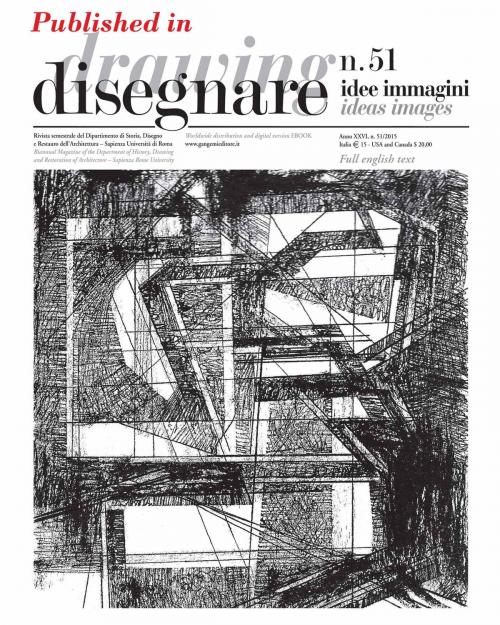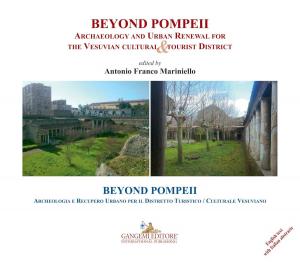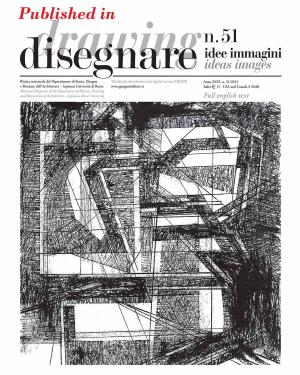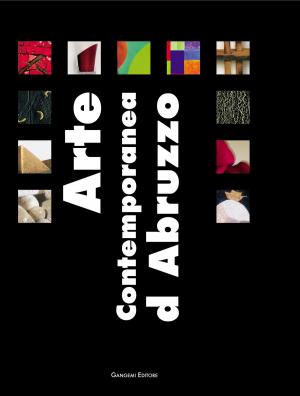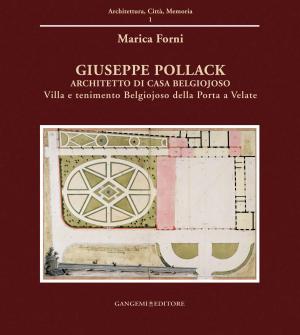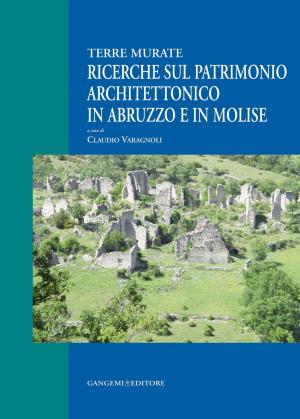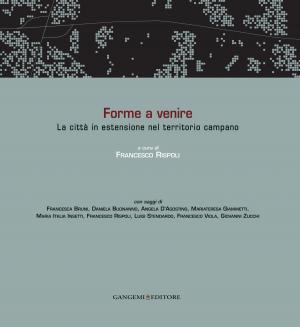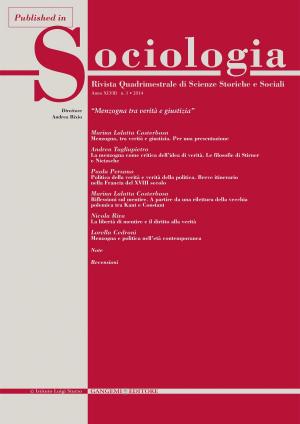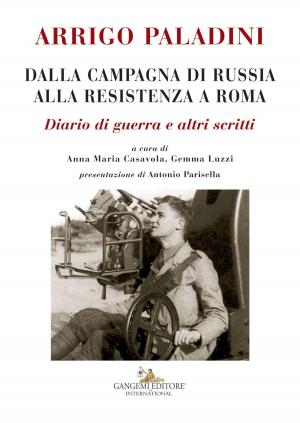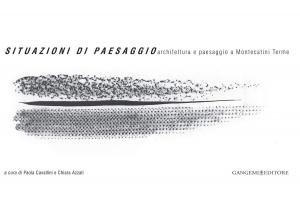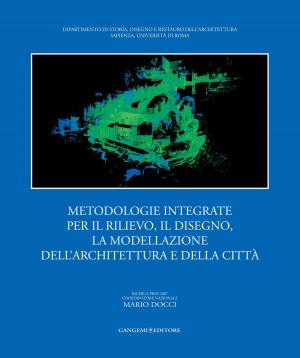Lo studio della Storia dell’Architettura fra tradizione e high-tech | A study of the History of Architecture: tradition and high-tech
Published in Disegnare idee immagini 51/2015. Rivista semestrale del Dipartimento di Storia, Disegno e Restauro dell’Architettura “Sapienza” Università di Roma | Biannual Magazine of the Department of History, Drawing and Restoration of Architecture
Nonfiction, Art & Architecture, Architecture| Author: | Alessandro Viscogliosi | ISBN: | 9788849212211 |
| Publisher: | Gangemi Editore | Publication: | April 26, 2015 |
| Imprint: | Gangemi Editore | Language: | Italian |
| Author: | Alessandro Viscogliosi |
| ISBN: | 9788849212211 |
| Publisher: | Gangemi Editore |
| Publication: | April 26, 2015 |
| Imprint: | Gangemi Editore |
| Language: | Italian |
Anziché costituire un fondamentale corredo di un testo scientifico, la costruzione del modello 3D di un’architettura, antica, contemporanea o futura, costituisce oggi un vero e proprio metodo di studio. Si può finalmente indagare non soltanto la forma architettonica in ogni sua componente, ma anche altri fondamentali parametri come ad esempio la luce quale costituente imprescindibile della realtà visiva di un monumento, e spesso, addirittura, come fine ultimo dell’ideazione e della realizzazione del monumento stesso. Il presente contributo, attraverso l’illustrazione di alcune esperienze di ricerca svolte su alcuni celeberrimi casi di studio (la Domus Aurea, il Partenone e il Tempio di Apollo Epicurio a Bassae), intende pertanto illustrare l’efficacia di questo approccio nel campo della Storia dell’Architettura. | Construction of a 3D model of an ancient, contemporary or future architecture is now considered to be a study method rather than an important part of a scientific text. Three-dimensional modelling makes it possible to study every element of an architecture as well as other basic parameters, e.g., the light as an essential component of the visual reality of a monument and, often, even as the end product of the ideation and construction of the monument itself. This contribution will use several research projects focusing on extremely famous monuments (the Domus Aurea, the Parthenon and the Temple of Apollo Epicurius at Bassae) to illustrate how successful the approach is when used in the field of History of Architecture.
Anziché costituire un fondamentale corredo di un testo scientifico, la costruzione del modello 3D di un’architettura, antica, contemporanea o futura, costituisce oggi un vero e proprio metodo di studio. Si può finalmente indagare non soltanto la forma architettonica in ogni sua componente, ma anche altri fondamentali parametri come ad esempio la luce quale costituente imprescindibile della realtà visiva di un monumento, e spesso, addirittura, come fine ultimo dell’ideazione e della realizzazione del monumento stesso. Il presente contributo, attraverso l’illustrazione di alcune esperienze di ricerca svolte su alcuni celeberrimi casi di studio (la Domus Aurea, il Partenone e il Tempio di Apollo Epicurio a Bassae), intende pertanto illustrare l’efficacia di questo approccio nel campo della Storia dell’Architettura. | Construction of a 3D model of an ancient, contemporary or future architecture is now considered to be a study method rather than an important part of a scientific text. Three-dimensional modelling makes it possible to study every element of an architecture as well as other basic parameters, e.g., the light as an essential component of the visual reality of a monument and, often, even as the end product of the ideation and construction of the monument itself. This contribution will use several research projects focusing on extremely famous monuments (the Domus Aurea, the Parthenon and the Temple of Apollo Epicurius at Bassae) to illustrate how successful the approach is when used in the field of History of Architecture.
